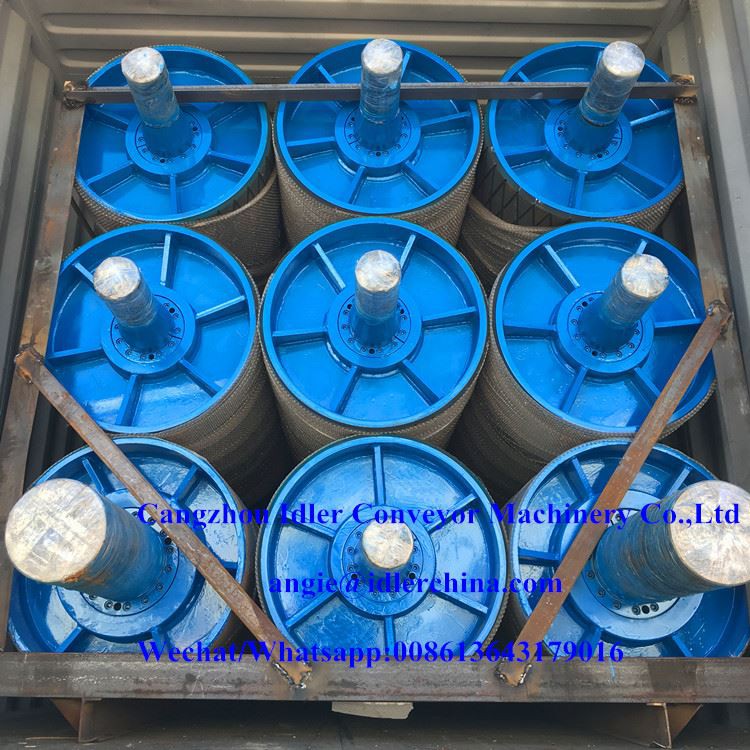 Afrikaans
Afrikaans  Albanian
Albanian  Amharic
Amharic  Arabic
Arabic  Armenian
Armenian  Azerbaijani
Azerbaijani  Basque
Basque  Belarusian
Belarusian  Bengali
Bengali  Bosnian
Bosnian  Bulgarian
Bulgarian  Catalan
Catalan  Cebuano
Cebuano  Corsican
Corsican  Croatian
Croatian  Czech
Czech  Danish
Danish  Dutch
Dutch  English
English  Esperanto
Esperanto  Estonian
Estonian  Finnish
Finnish  French
French  Frisian
Frisian  Galician
Galician  Georgian
Georgian  German
German  Greek
Greek  Gujarati
Gujarati  Haitian Creole
Haitian Creole  hausa
hausa  hawaiian
hawaiian  Hebrew
Hebrew  Hindi
Hindi  Miao
Miao  Hungarian
Hungarian  Icelandic
Icelandic  igbo
igbo  Indonesian
Indonesian  irish
irish  Italian
Italian  Japanese
Japanese  Javanese
Javanese  Kannada
Kannada  kazakh
kazakh  Khmer
Khmer  Rwandese
Rwandese  Korean
Korean  Kurdish
Kurdish  Kyrgyz
Kyrgyz  Lao
Lao  Latin
Latin  Latvian
Latvian  Lithuanian
Lithuanian  Luxembourgish
Luxembourgish  Macedonian
Macedonian  Malgashi
Malgashi  Malay
Malay  Malayalam
Malayalam  Maltese
Maltese  Maori
Maori  Marathi
Marathi  Mongolian
Mongolian  Myanmar
Myanmar  Nepali
Nepali  Norwegian
Norwegian  Norwegian
Norwegian  Occitan
Occitan  Pashto
Pashto  Persian
Persian  Polish
Polish  Portuguese
Portuguese  Punjabi
Punjabi  Romanian
Romanian  Russian
Russian  Samoan
Samoan  Scottish Gaelic
Scottish Gaelic  Serbian
Serbian  Sesotho
Sesotho  Shona
Shona  Sindhi
Sindhi  Sinhala
Sinhala  Slovak
Slovak  Slovenian
Slovenian  Somali
Somali  Spanish
Spanish  Sundanese
Sundanese  Swahili
Swahili  Swedish
Swedish  Tagalog
Tagalog  Tajik
Tajik  Tamil
Tamil  Tatar
Tatar  Telugu
Telugu  Thai
Thai  Turkish
Turkish  Turkmen
Turkmen  Ukrainian
Ukrainian  Urdu
Urdu  Uighur
Uighur  Uzbek
Uzbek  Vietnamese
Vietnamese  Welsh
Welsh  Bantu
Bantu  Yiddish
Yiddish  Yoruba
Yoruba  Zulu
Zulu rubber lagging for conveyor pulley
Rubber Lagging for Conveyor Pulley Enhancing Performance and Durability
Rubber lagging for conveyor pulleys is an essential component in the mining, manufacturing, and material handling industries. This specialized covering offers several benefits that enhance the performance of conveyor systems, reduce maintenance costs, and extend the life of critical components. Understanding the importance of rubber lagging can help organizations optimize their operations.
The Purpose of Rubber Lagging
The primary role of rubber lagging is to provide a high-friction surface on the conveyor pulley. This increased grip is crucial for preventing the slippage of conveyor belts, particularly in environments where materials are heavy or the belts operate at steep angles. Without effective lagging, the risk of slippage can lead to reduced efficiency, increased wear on the belt and pulley, and potential downtime due to operational failures.
Types of Rubber Lagging
There are various types of rubber lagging available, each designed to meet specific operational requirements. The most common types include
1. Plain Rubber Lagging This basic type offers a standard surface that enhances friction without any additional features. It is a cost-effective solution for many applications.
2. Grooved Rubber Lagging Grooved designs improve grip even further, making them ideal for high-tension applications. The grooves allow for water drainage, which is particularly beneficial in wet or slippery conditions.
3. Ceramic Lagging This advanced option incorporates ceramic tiles to provide an even higher level of traction. It is often used in demanding environments where the potential for slippage is significant.
Benefits of Rubber Lagging
rubber lagging for conveyor pulley

1. Increased Friction By enhancing the friction between the pulley and the conveyor belt, rubber lagging significantly reduces the chance of slippage. This means that belts can operate more efficiently, transporting materials without interruption.
2. Reduced Wear and Tear The protective layer of rubber helps to minimize wear on both the pulley and the conveyor belt. This leads to lower replacement costs and extends the lifespan of both components.
3. Noise Reduction Rubber lagging can dampen vibrations and reduce noise levels generated by the operation of conveyor systems. This is particularly beneficial in environments where minimizing noise pollution is a concern.
4. Corrosion Resistance Many rubber lagging materials are resistant to harsh chemicals and environmental factors. This resistance helps protect the pulley from corrosion and degradation, thereby enhancing its durability.
5. Improved Cleaning Lagging material can be designed to facilitate easier cleaning of the pulley surface. This is particularly important in industries that require strict hygiene standards, such as food processing.
Installation and Maintenance
Proper installation of rubber lagging is critical to its performance. It should be affixed securely to the pulley to avoid any potential lifting or wear at the edges. Moreover, regular inspections are necessary to assess the condition of the lagging. Signs of excessive wear, tearing, or separation from the pulley may indicate the need for repair or replacement.
Conclusion
In conclusion, rubber lagging for conveyor pulleys is a vital investment for industries relying on conveyor systems. By improving friction, reducing wear, and offering additional benefits such as noise reduction and corrosion resistance, rubber lagging can significantly enhance operational efficiency and prolong the life of equipment. As technology advances, innovations in rubber lagging materials and designs continue to emerge, providing even more effective solutions for the challenges faced in material handling. Organizations that prioritize the use of high-quality rubber lagging will undoubtedly see improvements in productivity and reductions in maintenance costs, ultimately leading to a stronger bottom line.
-
Revolutionizing Conveyor Reliability with Advanced Rubber Lagging PulleysNewsJul.22,2025
-
Powering Precision and Durability with Expert Manufacturers of Conveyor ComponentsNewsJul.22,2025
-
Optimizing Conveyor Systems with Advanced Conveyor AccessoriesNewsJul.22,2025
-
Maximize Conveyor Efficiency with Quality Conveyor Idler PulleysNewsJul.22,2025
-
Future-Proof Your Conveyor System with High-Performance Polyurethane RollerNewsJul.22,2025
-
Driving Efficiency Forward with Quality Idlers and RollersNewsJul.22,2025





























